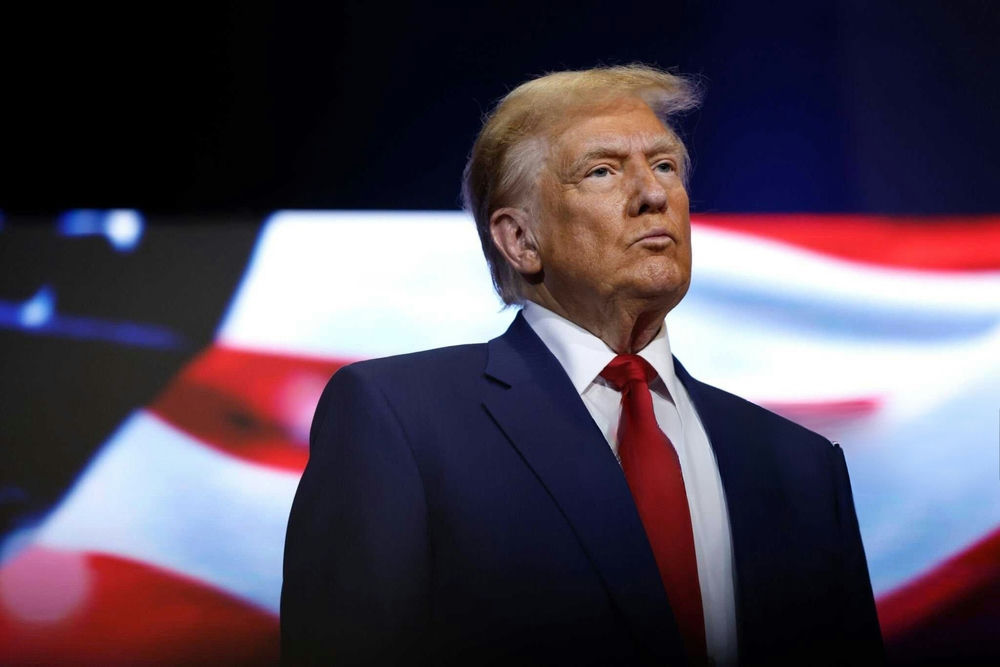President Donald Trump’s “One Big Beautiful Bill Act” has been signed into law, promising sweeping changes to federal healthcare and tax policy, with rural hospitals at the heart of the debate.
Trump’s Legislative Game-Changer
President Trump signed the “One Big Beautiful Bill Act” (H.R. 1) into law on July 4, 2025. This landmark legislation targets several federal programs, including healthcare and tax policy. Over the years, Republicans have sought to reform entitlement programs and reduce federal spending, and this bill is a continuation of those efforts, despite past resistance. With this act, Trump aims to overhaul the U.S. healthcare system while fulfilling his campaign promises.
Healthcare providers, states, and advocacy groups have been heavily involved in the bill’s development. While earlier drafts included more substantial Medicaid cuts, the final version softened these reductions but still introduces significant changes. New provisions have been added to support rural hospitals, but how effective these measures will be remains a point of contention.
Rural Hospitals: A Lifeline in Jeopardy
Rural hospitals are often the backbone of healthcare in less populated areas, providing crucial services to low-income and elderly patients. However, they have long faced financial challenges, exacerbated by Medicaid’s role as a primary payer. The new bill tries to address these issues with a $50 billion provision to support rural healthcare infrastructure. Despite this, many hospital executives warn that the funding is insufficient to counterbalance the cuts to Medicaid that could lead to closures and reduced services.
With Medicaid changes phasing in over several years, states and hospitals are scrambling to assess the impact. The prospect of funding gaps and service cutbacks is very real, and stakeholders are planning advocacy campaigns to mitigate these effects.
Political Tug-of-War
Trump’s administration, driven by fiscal conservatism, champions this bill for its potential to reduce federal spending and combat waste and fraud. The administration claims that it strengthens Medicaid by blocking illegal immigrants from receiving benefits. However, hospital leaders and Democratic lawmakers argue that the Medicaid cuts could have catastrophic impacts on the healthcare safety net, particularly in rural communities.
Democratic leaders, including Rep. Frank Pallone, have pledged to fight the Medicaid cuts, arguing that they will lead to coverage losses and put additional financial pressure on states. The political battle over healthcare policy is bound to intensify as implementation of the bill progresses.
The Road Ahead: Uncertain Outcomes
Short-term effects of the bill include uncertainty for hospitals and Medicaid recipients, as states begin to evaluate budgetary impacts. In the long term, the legislation is projected to reduce health spending by over $1 trillion over a decade. Rural hospitals are particularly vulnerable to these changes, with potential closures and reduced access to care looming large.
As states and hospitals navigate these challenges, the bill’s broader economic, social, and political impacts will unfold. The healthcare sector could see increased consolidation or closures, and insurance markets may destabilize due to increased uncompensated care.

